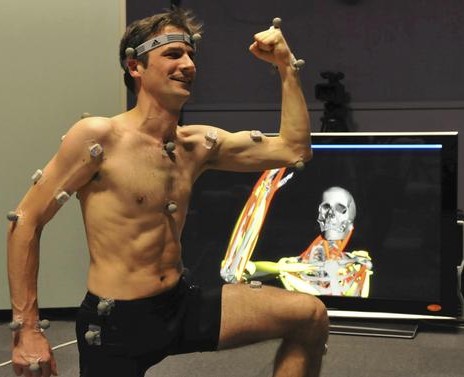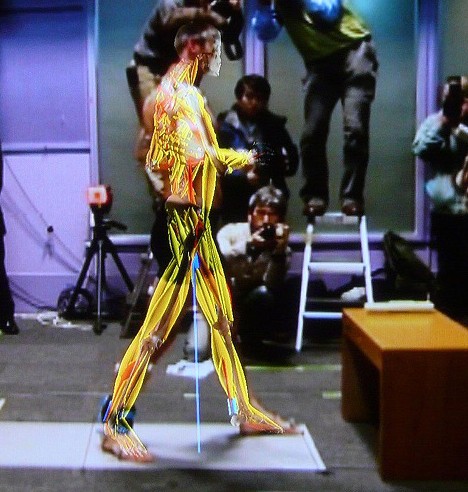
Move over, Roomba. Make way for Fukitorimushi, an autonomous floor-cleaning robot that crawls like an inchworm and uses a super-absorbent nanofiber cloth to wipe up microscopic dust and residue that ordinary vacuums leave behind. Unveiled at the recent Tokyo Fiber Senseware exposition in Milan, Fukitorimushi (lit. "wipe-up bug") is designed by Panasonic and incorporates nanofiber technology developed by textile maker Teijin, Ltd.
The robot cleans by simply dragging its nanocloth belly across the floor as it slowly crawls around in search of dirt. (Watch the video.)
Fukitorimushi, which moves around by flexing and stretching its body like an inchworm, uses "feelers" of blue-white light to search for floor grime. When it finds a dirty spot, the robot emits a red light and devotes extra effort to cleaning that area. After it has finished cleaning, the machine returns to its charging station to replenish its battery.
Fukitorimushi's body is covered in Teijin's Nanofront cloth, which is made of polyester filament fibers measuring 700 nanometers in diameter (about 7,500 times thinner than the average human hair). The nanofibers significantly increase the fabric's surface area and porosity, giving it superior wiping characteristics and the ability to absorb oil and ultra-fine dust particles less than one micron in diameter. The large surface contact area also increases the fabric's friction with the floor and makes it resistant to sliding. The robot relies on this increased friction to push itself forward while wiping the floor.

According to its creators, Fukitorimushi is also designed to engage the emotions and foster a closer relationship between humans and machines. The way the machine creeps across the floor may seem a little strange at first, but the designers say people tend to grow fond of the robotic creature after watching it for a while. In addition, the owner must periodically replace Fukitorimushi's nanocloth cover with a clean one. The designers suggest this task of looking after the Fukitorimushi may encourage a pet-like affection for the machine.
[Link: Tokyo Fiber '09 Senseware Guide (PDF)]


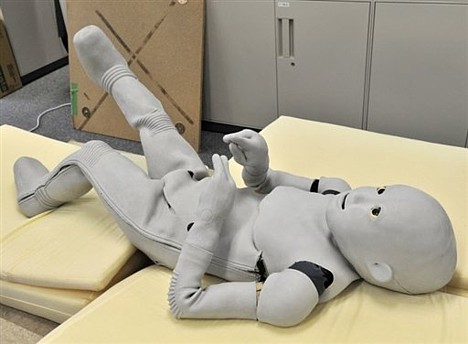
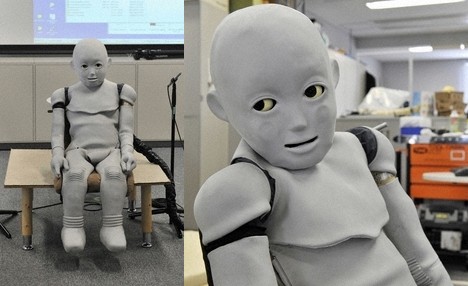
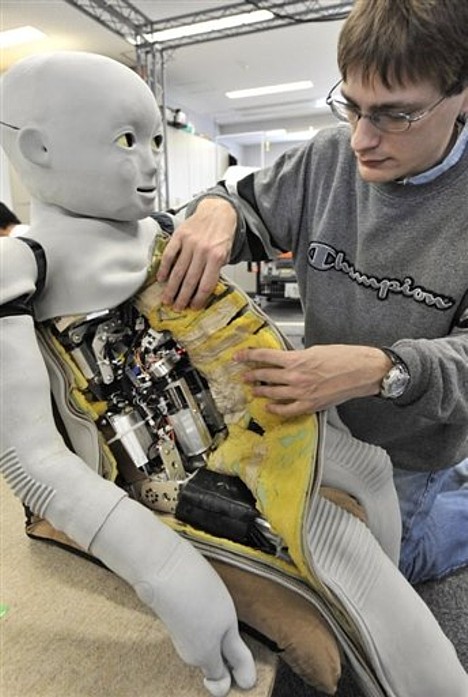

 The high-precision BMI technology relies on three different types of brain activity measurements. EEG (electroencephalography) sensors measure the slight fluctuations in electrical potential on the scalp that occur when thinking, while NIRS (near-infrared spectroscopy) sensors measure changes in cerebral blood flow. Newly developed information extraction technology is used to process the complex data from these two types of sensors, resulting in a more accurate reading. The system reportedly has an accuracy rate of more than 90%.
The high-precision BMI technology relies on three different types of brain activity measurements. EEG (electroencephalography) sensors measure the slight fluctuations in electrical potential on the scalp that occur when thinking, while NIRS (near-infrared spectroscopy) sensors measure changes in cerebral blood flow. Newly developed information extraction technology is used to process the complex data from these two types of sensors, resulting in a more accurate reading. The system reportedly has an accuracy rate of more than 90%.